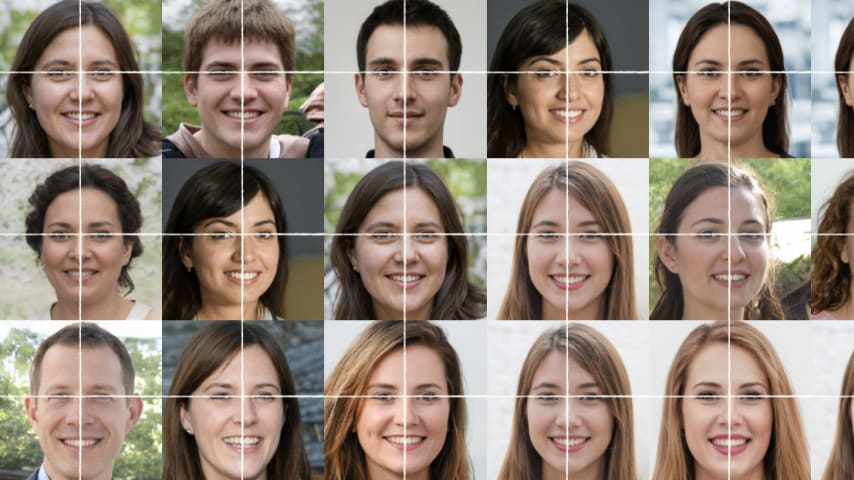Incident 846: Les algorithmes des réseaux sociaux ont amplifié la campagne de désinformation lors des élections au Honduras
Description: En octobre 2021, un réseau coordonné de plus de 317 faux comptes Twitter a exploité des algorithmes d'IA pour amplifier la désinformation sur l'élection présidentielle hondurienne, ciblant la candidate de l'opposition Xiomara Castro. Cette campagne a diffusé de faux récits afin de réduire la participation électorale et de compromettre l'intégrité du scrutin. Les plateformes de médias sociaux, dont Twitter et Facebook, n'ont supprimé les comptes qu'après avoir été alertées, ce qui a également suscité des inquiétudes quant à une modération insuffisante.
Editor Notes: Reconstructing the timeline of events: (1) October 7, 2021: A coordinated network of 19 Twitter accounts posts identical disinformation about opposition candidate Xiomara Castro, falsely suggesting an alliance with Yani Rosenthal. The accounts use profile photos linked to uninvolved Peruvians. (2) October 6–14, 2021: Over 317 fake Twitter accounts amplify disinformation, creating feedback loops with a fake news website designed to resemble a legitimate outlet, spreading false claims about Castro and discouraging voter participation. (3) Early November 2021: Cybersecurity firm Nisos identifies the coordinated disinformation campaign and reports it to Twitter. (4) Early November 2021: Twitter removes the fake accounts after receiving the analysis from Nisos. (5) November 15, 2021: TIME publishes an article detailing the disinformation campaign and the role of AI-driven social media algorithms in amplifying the false narratives.
Entités
Voir toutes les entitésAlleged: X (Twitter) , Meta et Facebook developed an AI system deployed by National Party of Honduras supporters , Juan Orlando Hernández supporters , Unknown Twitter users et Unknown Facebook users, which harmed Xiomara Castro , Libertad y Refundación (LIBRE) supporters , Honduran electorate , Honduras , Democracy et Electoral integrity.
Statistiques d'incidents
Risk Subdomain
A further 23 subdomains create an accessible and understandable classification of hazards and harms associated with AI
4.1. Disinformation, surveillance, and influence at scale
Risk Domain
The Domain Taxonomy of AI Risks classifies risks into seven AI risk domains: (1) Discrimination & toxicity, (2) Privacy & security, (3) Misinformation, (4) Malicious actors & misuse, (5) Human-computer interaction, (6) Socioeconomic & environmental harms, and (7) AI system safety, failures & limitations.
- Malicious Actors & Misuse
Entity
Which, if any, entity is presented as the main cause of the risk
Human
Timing
The stage in the AI lifecycle at which the risk is presented as occurring
Post-deployment
Intent
Whether the risk is presented as occurring as an expected or unexpected outcome from pursuing a goal
Intentional
Rapports d'incidents
Chronologie du rapport

Le 7 octobre à 22h16, dix-neuf comptes Twitter ont partagé des opinions identiques sur l'élection présidentielle à venir au Honduras, exactement au même moment. Se présentant comme des partisans de la candidate de l'opposition Xiomara Castr…
Variantes
Une "Variante" est un incident de l'IA similaire à un cas connu—il a les mêmes causes, les mêmes dommages et le même système intelligent. Plutôt que de l'énumérer séparément, nous l'incluons sous le premier incident signalé. Contrairement aux autres incidents, les variantes n'ont pas besoin d'avoir été signalées en dehors de la base de données des incidents. En savoir plus sur le document de recherche.
Vous avez vu quelque chose de similaire ?
Incidents similaires
Did our AI mess up? Flag the unrelated incidents

Biased Google Image Results
· 18 rapports

2010 Market Flash Crash
· 30 rapports

Fake LinkedIn Profiles Created Using GAN Photos
· 4 rapports
Incidents similaires
Did our AI mess up? Flag the unrelated incidents

Biased Google Image Results
· 18 rapports

2010 Market Flash Crash
· 30 rapports

Fake LinkedIn Profiles Created Using GAN Photos
· 4 rapports
